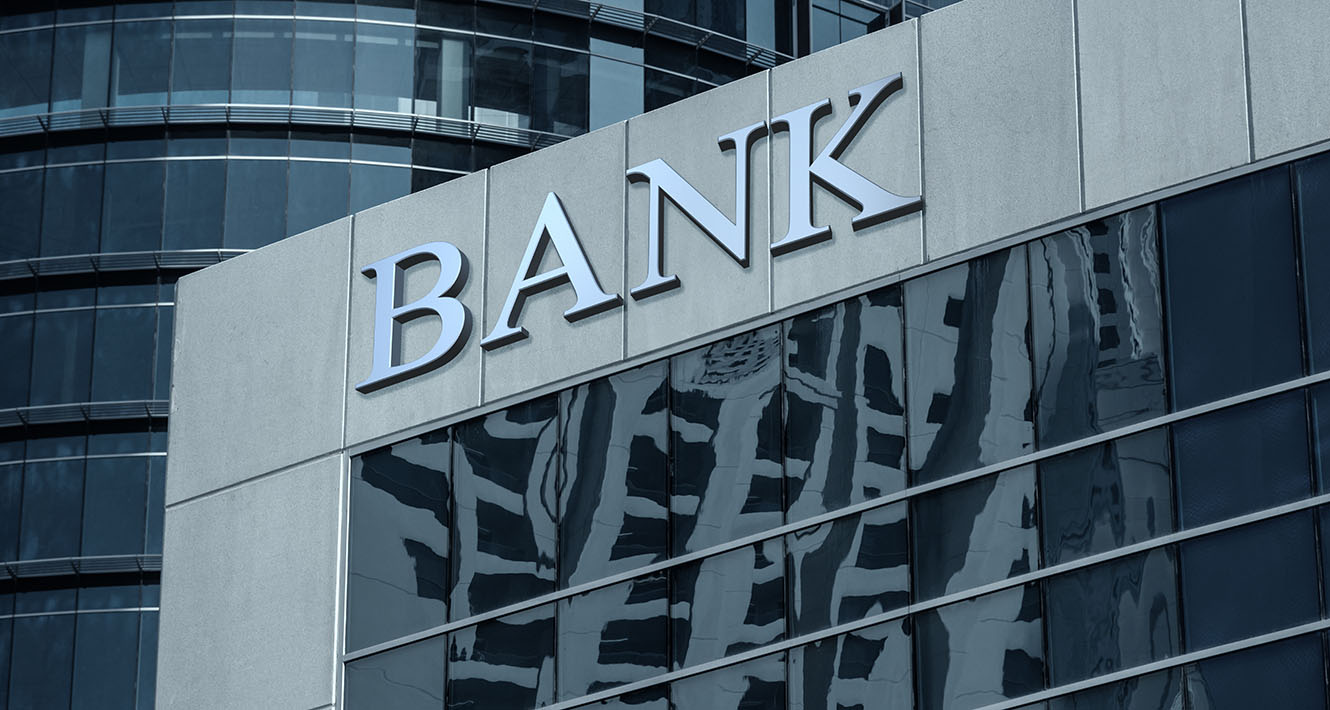March 15th, 2023
Dear Valued Investor,
Financial markets were shaken last week as Silicon Valley Bank (SVB), the California bank subsidiary of SVB Financial Group (SIVB), fell into FDIC receivership.
SVB is the first FDIC-insured institution to fail since 2020 and the largest by assets since Washington Mutual failed in 2008. Prior to the latest distress, the bank held more than $200 billion in assets. SVB’s failure was then followed by another over the weekend, crypto-focused Signature Bank. The news, not surprisingly, caused market participants to speculate if there will be another shoe to drop. For some, these developments have brought back painful memories of the financial crisis 15 years ago.
Before explaining what happened, let’s start with the most recent headlines.
Sunday night we got word that the U.S. government would step in to prevent contagion by offering SVB customers access to their uninsured deposits. And by designating SVB as a systemic risk to the banking system, the Federal Reserve (Fed) and U.S. Treasury Department are able to use emergency lending authority to help prevent runs on other banks (by making it easier to borrow against depreciating securities without suffering the balance sheet damage SVB experienced). The top priority in this situation was to prevent runs on other banks, particularly the many small and mid-sized banks not under the watchful eye of the Fed and not subject to sophisticated stress tests. The Fed Board of Governors will hold a special meeting today at 11:30am ET.
Now to the 2008 comparison.
Back then, the problem was far-reaching credit risk—junky mortgages on virtually every financial institution’s balance sheet (and the balance sheets of many non-financial institutions). Credit risk is not the problem this time, it is interest rate risk. Rising interest rates caused the value of the bonds on SVB’s balance sheet to lose value. Once those securities were marked to market, as is prescribed by accounting rules, SVB was no longer capitalized as well as it needed to be, prompting the FDIC to place the bank in receivership. But that wasn’t the whole story. SVB’s niche customer base was another big problem. Its emphasis on early-stage venture capital customers meant its deposit base was more concentrated and less sticky. Many of those start-up companies burned through a lot of cash recently, while funding options such as initial public offerings dried up.
One other unique element of this story is SVB’s mismanagement of its balance sheet. Its heavy exposure to interest rate sensitive Treasury and other government securities, with insufficient interest rate hedging activities, left the bank particularly vulnerable to a run. Once the bank was known to be facing solvency issues, word traveled fast through the venture capital community and the deposits fled as fast as these entrepreneurs could log into their online accounts.
With the federal backstop now in place and few, if any, other large banks facing similar interest rate risk, any further spillover should be limited.
One potential silver lining is the Fed will likely slow its rate hiking campaign until confidence in banks is restored, though a quarter-point hike on March 22 still seems likely.
So what should investors do?
Some caution is warranted as sentiment around the banking system remains fragile. But we believe tactical investors should maintain multi-asset allocations at or near benchmark levels. And don’t lose sight of opportunities to potentially add risk after the SVB distress passes. Conditions will improve before long, in our view. For longer-term, strategic investors with well-balanced allocations, we would not make any changes at this point.
In closing, SVB’s niche clientele and its balance sheet mismanagement were distinctive contributors of the bank’s downfall. Meanwhile, the government’s actions to backstop deposits and provide short-term funding to banks that need it, greatly reduce the odds of a systemic crisis. We may see a bit more market volatility than we would like to see in the short term, but this is not another 2008.
Sincerely,
Saundra Ivy
LPL Financial Advisor
1 Securities and advisory services are offered through LPL Financial (LPL), a registered investment advisor and broker-dealer (member FINRA/SIPC). Insurance products are offered through LPL or its licensed affiliates. Kalsee Credit Union and Kalsee Retirement and Investment Services are not registered as a broker-dealer or investment advisor. Registered representatives of LPL offer products and services using Kalsee Retirement and Investment Services, and may also be employees of Kalsee Credit Union. These products and services are being offered through LPL or its affiliates, which are separate entities from, and not affiliates of, Kalsee Credit Union or Kalsee Retirement and Investment Services. Securities and insurance offered through LPL or its affiliates are:
The LPL Financial registered representative(s) associated with this website may discuss and/or transact business only with residents of the states in which they are properly registered or licensed. No offers may be made or accepted from any resident of any other state.
Prior to requesting a rollover from your employer sponsored retirement account to an Individual Retirement Account (IRA), you should consider whether the rollover is suitable for you. There may be important differences in features, costs, services, withdrawal options and other important aspects between your employer sponsored retirement account and an IRA.
Kalsee Credit Union provides referrals to financial professionals of LPL Financial LLC (“LPL”) pursuant to an agreement that allows LPL to pay Kalsee Credit Union for these referrals. This creates an incentive for Kalsee Credit Union to make these referrals, resulting in a conflict of interest. Kalsee Credit Union is not a current client of LPL for brokerage or advisory services.
Please visit https://www.lpl.com/disclosures/is-lpl-relationship-disclosure.html or scan the QR code below for more detailed information.
.jpg)

